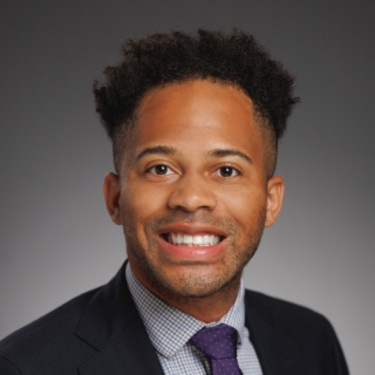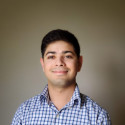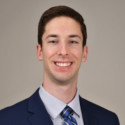The 2025 American Academy of Pain Medicine (AAPM) Annual Meeting in Austin (April 3-6, 2025), with the theme PainConnect: Transforming Pain Care Together, came at a critical inflection point for the field. As our specialty faces a series of interconnected challenges, ranging from recruitment and workforce shortages to evolving clinical demands, this year’s meeting offered a timely and much-needed recalibration.
What stood out most was the meeting’s deliberate focus on foundational topics. Rather than centering solely on the latest devices or interventions, there was a strong and thoughtful emphasis on themes including medical education, buprenorphine treatment, peripheral neuropathy, imaging in pain diagnostics, and chronic headache care. These areas are cornerstones of modern pain practice and touch the lives of many of our patients. Re-centering on these core issues reminds us that cutting-edge care isn’t limited to what’s new—it also demands mastery of what’s essential.
Of note, were the sessions focused on education and workforce challenges. Pain medicine faces a recruitment lull unlike anything we’ve seen in over a decade. As detailed in our recent editorial, this year’s ACGME fellowship match left nearly 70 positions unfilled, with only 67.7% of programs successfully matching all offered positions. For a field that has historically been highly competitive, this represents a concerning shift—and a call to action.
And yet, amid these recruitment challenges, we are also witnessing an encouraging and important evolution. Pain medicine is attracting an increasingly diverse group of applicants in terms of training backgrounds and clinical perspectives. While anesthesiology has long served as the primary pipeline for pain fellowship applicants, we now see significant and growing interest from physicians with primary training backgrounds in physical medicine and rehabilitation (PM&R), neurology, emergency medicine, psychiatry, and even family medicine. This diversity is a strength. It brings new approaches to clinical care, enriches interdisciplinary collaboration, and reflects the multifaceted nature of pain.
That same spirit of inclusion was evident throughout the meeting. Sessions and panels frequently featured voices from across the care continuum: primary care physicians, advanced practice providers (APPs), mental health professionals, pharmacists, physical therapists, and trainees at every level. This broad representation mirrors how pain care is delivered in real-world settings—through teamwork, integration, and shared expertise. The AAPM meeting reminded us that our specialty is no longer confined to a single background or perspective. Pain medicine today is a multidisciplinary field, and our professional community is richer and more effective because of it.
Still, diversity alone is not enough. We must also ensure that fellowship training programs and institutional structures are ready to support this broadened interest. That means adapting curricula to include outpatient-focused training, building mentorship and research opportunities, and offering visibility to students and residents much earlier in their training. Social media, educational outreach, and national society initiatives must work in parallel to communicate the value and viability of a career in pain medicine—not just for anesthesiologists but for any clinician committed to caring for complex, underserved patients.
Despite the serious challenges outlined by the match data, I left Austin with a sense of cautious optimism. AAPM 2025 didn’t shy away from difficult conversations—but it also showcased the collaborative energy and problem-solving mindset that will be critical to moving the specialty forward. We are at a pivotal moment, but we are not powerless. With strategic investment in education, workforce development, and interdisciplinary support, pain medicine can continue to evolve, grow, and meet the ever-increasing demand for compassionate, evidence-based care.
Dr. Scott Pritzlaff is an anesthesiologist and pain medicine specialist at the University of California Davis. Dr. Pritzlaff has received institutional educational grants from Abbott, Medtronic, Biotronik, and Nevro, consulting fees from SPR Therapeutics and Bioventus, and royalties from Wolters Kluwer for UpToDate.
Image by dane_mark / Getty Images







